Galectin
Galectins are a family of proteins that possess β-galactoside-binding properties through their carbohydrate recognition domains (CRDs). Galectins can be secreted from cells by nonclassic pathways to interact with external glycoconjugates and have a variety of activities both extra- and intracellularly, with important implicated roles in immunity, inflammation, and cancer.
Galectins can be classified according to the CRD features. Galectin-1, -2, -5, -7, -10, -11, -13, and -14 are composed of a CRD and a short N-terminal sequence (prototype). Galectin-4, -6, -8, -9, and -12 have two nonidentical CRDs in tandem with a short linker sequence (tandem-repeat type). Galectin-3 has an exceptional structure, with a CRD and an extended N-terminal domainconsisting of gycine/proline-rich repeats and a short N-terminal end (chimera type). Galectin-1 (Gal1), a carbohydrate-binding protein is implicated in cancer cell proliferation, invasion and tumour angiogenesis. Galectin-3 (Gal3) is a β-galactoside binding lectin that is highly expressed in fibrotic tissue of diverse etiologies.
Galectins have emerged as key players in the tumor microenvironment. Galectins are expressed and released by different celltypes, including tumor, stromal, endothelial and immune cells. Galectins critically influence tumor progression by modulating tumor cell migration, invasiveness, angiogenesis and antitumor immune responses. Intracellularly, galectins modulate survival and proliferation and they interact with a variety of signaling pathways. Given these extracellular and intracellular functions and their regulated expression at sites of tumor growth and metastasis, galectins have stimulated great interest as relevant biomarkers and novel targets in cancer therapy.
Targets for Galectin
Products for Galectin
- Cat.No. Product Name Information
-
GC34174
G3-C12
G3-C12 is a galectin-3 binding peptide, with Kd of 88 nM, and shows anticancer activity.
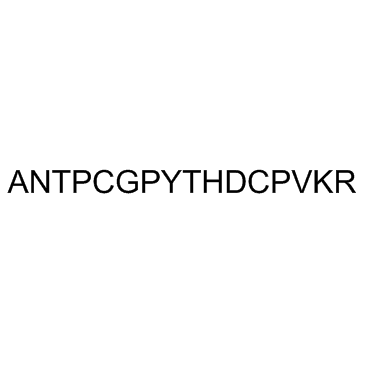
-
GC34388
G3-C12 TFA
G3-C12 (TFA) is a galectin-3 binding peptide, with Kd of 88 nM, and shows anticancer activity.
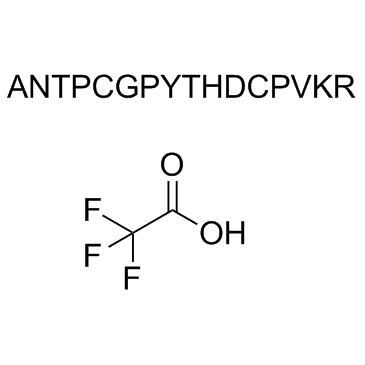
-
GC18279
GB1107
GB1107 is a potent, selective, orally active inhibitor of Galectin-3 (Gal-3) with a Kd of 37 nM for human Galectin-3. GB1107 reduces human and mouse lung adenocarcinoma growth and blocks metastasis in the syngeneic model.
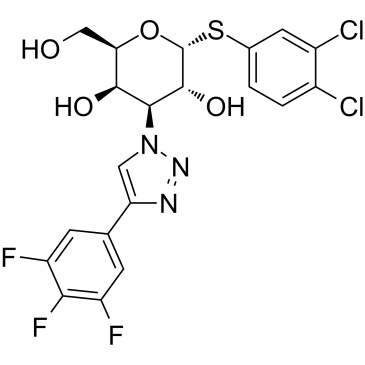
-
GC65588
GB1211
GB1211 is an orally available galectin-3 (Gal-3) inhibitor.
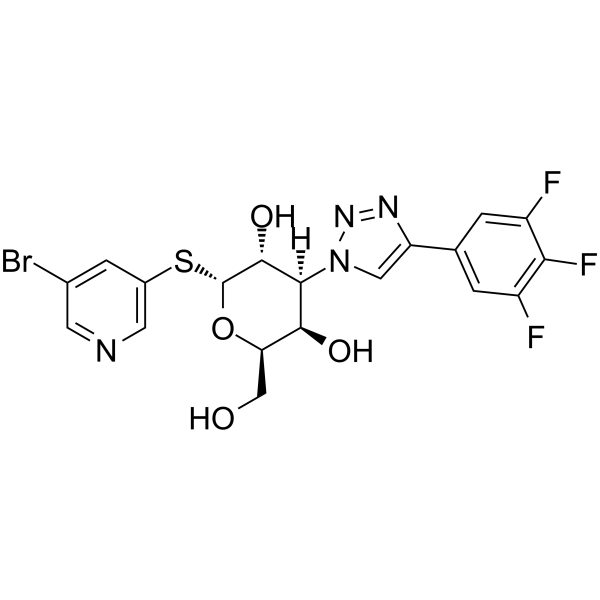
-
GC18756
OTX008
OTX008 is a small molecule topomimetic of the antiangiogenic peptide anginex and an inhibitor of galectin-1 (Gal-1).
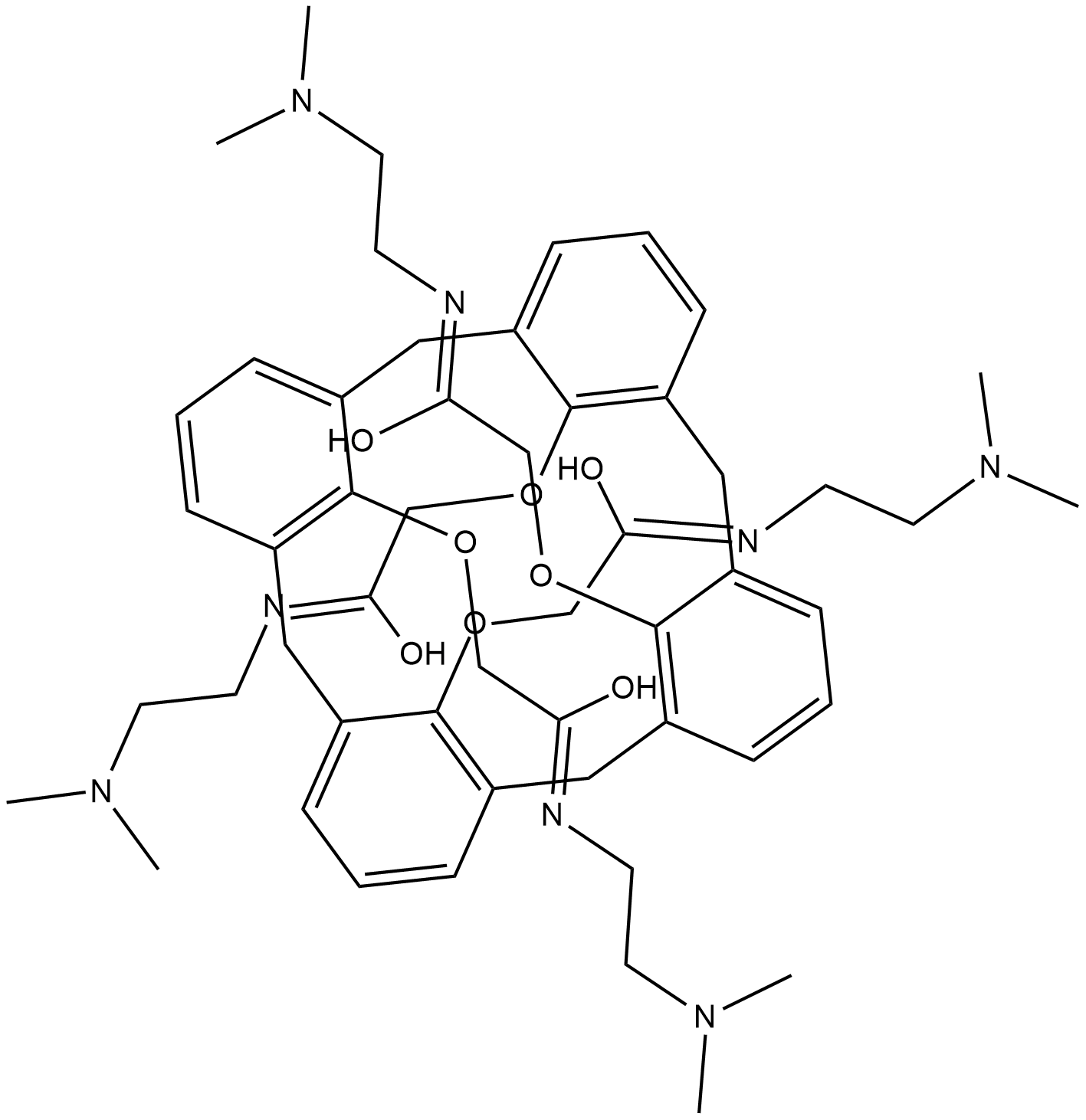
-
GC45040
Thiodigalactoside
Galectins are a family of glycan-binding lectins with diverse regulatory roles in physiological processes.



